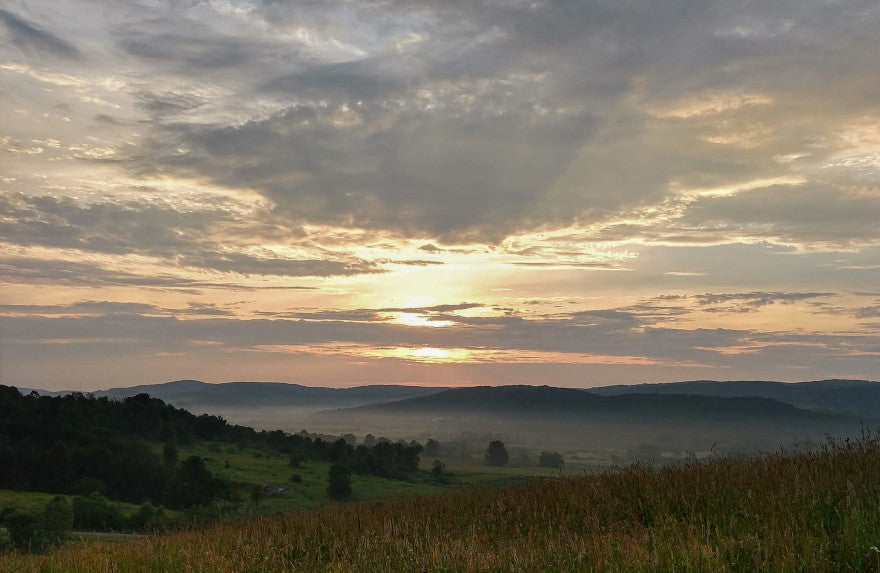By Garth Brown
The green revolution was a combination of advances in seed genetics, fertilizer, and pesticides. Coupled with the consolidation of farm land, these practices led to massive increases in yield and efficiency, meaning much less labor produced much more food. This was probably necessary to meet the needs of a rapidly growing population. But the costs, both environmental and social, are huge. From the loss of topsoil to the loss of tight knit communities, from climate change to farm bankruptcies, the troubles that have resulted from focusing solely on increased production are readily apparent.
If you've watched the video I above you probably get the sense that I don't really know quite what the future of agriculture should look like. This is true! It's incredibly difficult to answer so large a question, particularly since the past hundred years highlight the issues with relying on a single solution. But it's still important to try to think about, particularly if the goal is to discover a model of agriculture that is flexible enough to meet national and even global problems with local solutions.

